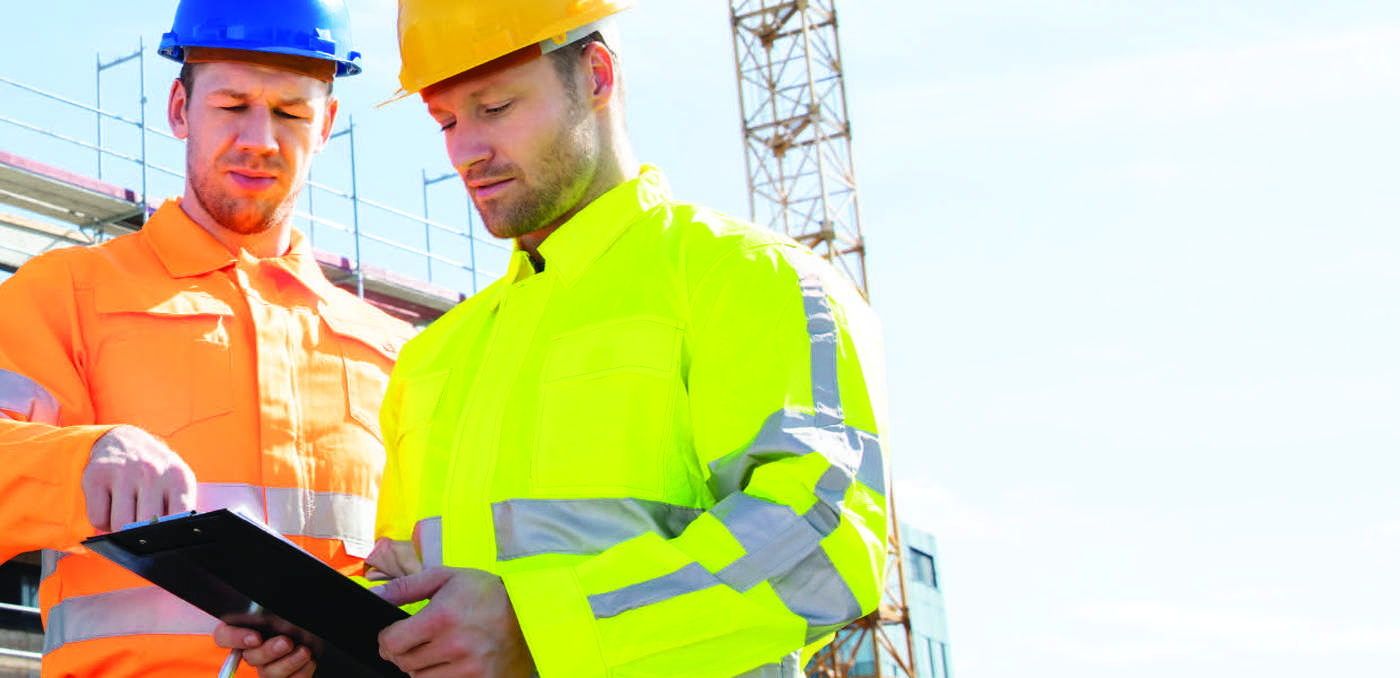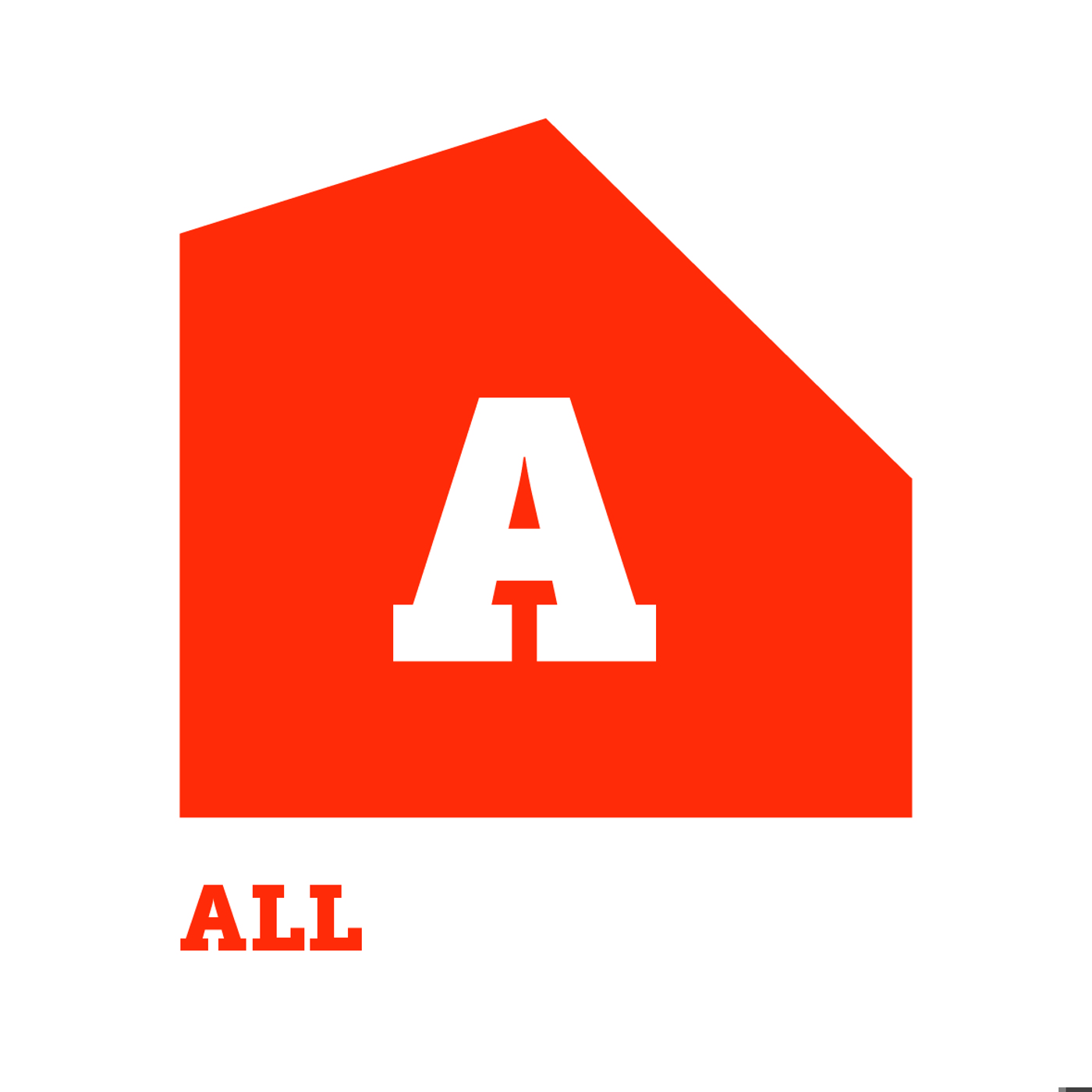

There is still some confusion around the site licence, and what the site licence holder’s responsibilities are on-site.
The site licence class is a critical part of the Licensed Building Practitioner (LBP) scheme. Holders of a site licence are practitioners who are recognised as possessing specific skills that relate to the oversight, coordination, organisation, and, in some cases, the management, of building projects. The site licence is an indicator that a practitioner has the skills to manage personnel and provide technical site supervision within the scope of their licence. A practitioner with a site licence can supervise general building work but not restricted building work.
What is supervision?
If you are providing control, instruction or direction to others who are carrying out building work, or those working in other restricted areas, you are supervising them. Being a supervisor means you are responsible for making sure that the work is done competently and correctly to the relevant building consent. Where there is no building consent required the building work must still meet the Building Code. An important point to remember is that even if the work an LBP is supervising is not restricted building work, they may still be held accountable by the Building Practitioners Board for issues they are responsible for. This includes a site licence holder.
The Licensed Building Practitioner Rules
Schedule 1 of the LBP Rules sets out the competencies that make up the minimum standards for each licence class, and the performance indicators that the Registrar will have regard to when determining whether a competency has been met. An applicant for an LBP licence will need to demonstrate competence in each of these competencies in the licence class they are applying for. The Rules can be found at Licensed Building Practitioner Rules 2007 (lbp.govt.nz) One way the site licence class differs from trade license classes is that the last competency in the site licence class is about providing technical supervision rather than carrying out work. In trade licence classes such as bricklaying and blocklaying, carpentry, external plastering, foundations, and roofing, the last competency is instead about carrying out the work related to that licence class.
Who can supervise restricted building work (RBW)?
Only LBPs can carry out or supervise RBW, and they can only supervise work which they are licensed to carry out themselves. Site licence holders are not licensed to carry out building work, therefore they cannot supervise RBW, or issue records of work. Check out the Practice Note - Supervision on lbp.govt.nz for further information. As stated above, site licence holders can supervise general building work. They may also carry out RBW like any nonlicensed person if they are supervised by an LBP with the appropriate licence.
Site areas of practice
The three areas of practice (AOP) within the site licence class can also be an area of confusion.
- Site 1 AOP is the coordination and oversight of Category 1 buildings.
- Site 2 AOP is the coordination and oversight of Category 1, 2 and 3 buildings.
- Site 3 AOP is the management of Category 1, 2 and 3 building projects.
Apart from the differences in envelope complexity between site 1 and 2 (explained below under Categories of buildings), the main difference between the three areas of practice is that the site 3 licence holder manages the project and the technical supervision staff on what are usually large commercial projects. The staff could include one or more AOP 2 site licence holders who would carry out the coordination and oversight of the on-site construction.
Categories of buildings
The categories of buildings are found in the Schedule of the Building (Designation of Building Work Licensing Classes) Order 2010, see link below.
- Category 1 is a sleeping single home use, with a risk matrix score that does not exceed 12. (More about the risk score can be seen in Part 4 of the Order, or in E2/AS1 of the building code, but it essentially refers to the complexity of the weathertightness envelope.)
- Category 2 buildings are defined as neither Category 1 nor Category 3 buildings, therefore they are single home use where the risk score is greater than 12; or any other building (except for an ancillary building or an outbuilding) up to a height of 10m (the vertical distance between the upper surfaces of the building’s lowest and highest floors).
- Category 3 buildings are not single home use, and the building height exceeds 10m.
Restricted building work
RBW is defined in the Building (Definition of Restricted Building Work) Order 2011 as being the construction or alteration of the primary structure or the external moisture management system of a house or small-to-medium apartment building, see link below. A small-to-medium apartment has a maximum height from the lowest point of the ground to the highest point of the roof of 10m. This means that, as Category 3 buildings are not single home use and they’re over 10m in height (measured floor-to-floor), they do not contain restricted building work.
Record your Codewords articles relevant to your licence class and complete the quiz for your LBP skills maintenance requirements.
